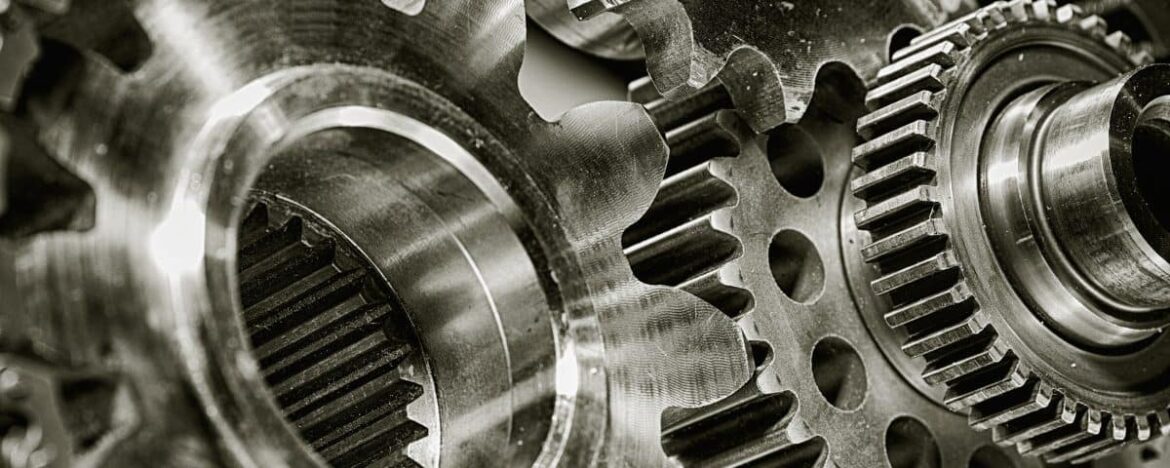Have reports of the gearbox’s demise been greatly exaggerated?
Can gearboxes be eliminated without forfeiting performance? That’s the question one of our favourite engineering magazines, Eureka, was trying to answer recently.
It’s an interesting question, isn’t it? I think we can all agree that the gearbox has been essential for many applications, but there are drawbacks. The presence of a gearbox immediately increases the footprint and weight of the average pump, compressor and blower, for example.
To overcome these challenges, motion control firms have developed advanced drive trains that eliminate the need for gearboxes. As companies increasingly opt to use this technology, it’s clear that it will become widely used in the future. It will, of course, come down to the various requirements of the user; where lightweight equipment with a small footprint is needed, it could make sense to go for the non-gearbox, but where size and weight aren’t a priority then there’s no reason to abandon the gearbox.
Regardless of whether equipment such as a compressor consists of a gearbox or not, let’s not forget what the core focus should be when in operation: optimum performance.
There is a risk of assuming that removal of the gearbox will also remove the need for condition monitoring. This could have serious consequences. The principles of servicing and maintaining the system as a whole remain the same. In equipment without a gearbox there is one less thing to worry about, but other rotating parts still need to be monitored for wear.
The drive train, for example, will still be potentially prone to faults and damage. When it does, early detection and eradicating equipment defects will help to ensure failure and costly downtime is prevented.
We’re looking forward to seeing how gearbox-free equipment performs in the long term, especially in critical applications, and will continue to work with OEMs and end users to develop effective methods of implementing preventative and predictive maintenance.
